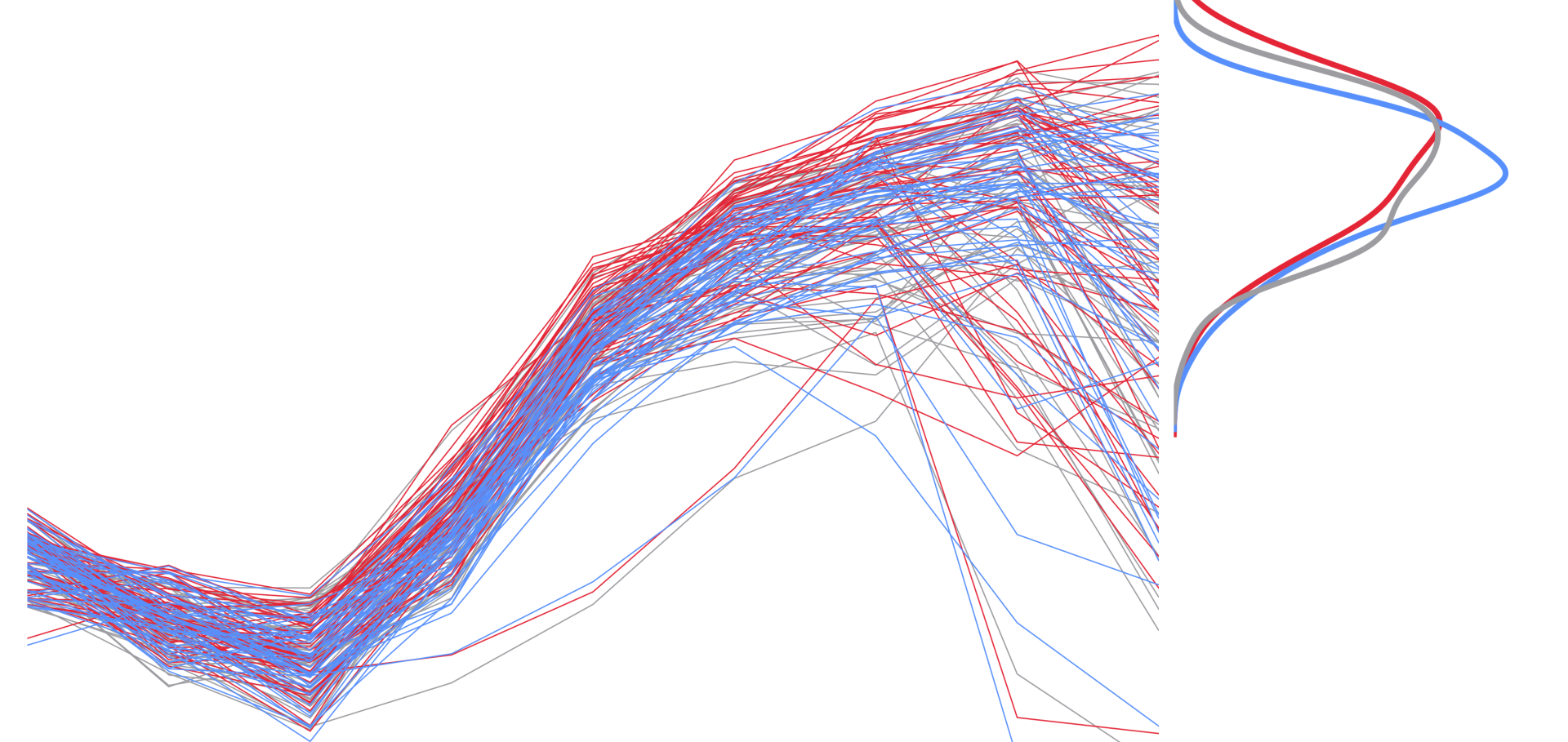Forecast-based attribution of a winter heatwave within the limit of predictability
Proceedings of the National Academy of Sciences National Academy of Sciences 118:49 (2021) e2112087118
Abstract:
The question of how humans have influenced individual extreme weather events is both scientifically and socially important. However, deficiencies in climate models’ representations of key mechanisms within the process chains that drive weather reduce our confidence in estimates of the human influence on extreme events. We propose that using forecast models that successfully predicted the event in question could increase the robustness of such estimates. Using a successful forecast means we can be confident that the model is able to faithfully represent the characteristics of the specific extreme event. We use this forecast-based methodology to estimate the direct radiative impact of increased CO2 concentrations (one component, but not the entirety, of human influence) on the European heatwave of February 2019.Reduced Complexity Model Intercomparison Project Phase 2: Synthesizing Earth System Knowledge for Probabilistic Climate Projections
Earth's Future American Geophysical Union (AGU) 9:6 (2021) e2020ef001900
FaIRv2.0.0: a generalized impulse response model for climate uncertainty and future scenario exploration
Geoscientific Model Development Copernicus GmbH 14:5 (2021) 3007-3036
Abstract:
Here we present an update to the FaIR model for use in probabilistic future climate and scenario exploration, integrated assessment, policy analysis, and education. In this update we have focussed on identifying a minimum level of structural complexity in the model. The result is a set of six equations, five of which correspond to the standard impulse response model used for greenhouse gas (GHG) metric calculations in the IPCC's Fifth Assessment Report, plus one additional physically motivated equation to represent state-dependent feedbacks on the response timescales of each greenhouse gas cycle. This additional equation is necessary to reproduce non-linearities in the carbon cycle apparent in both Earth system models and observations. These six equations are transparent and sufficiently simple that the model is able to be ported into standard tabular data analysis packages, such as Excel, increasing the potential user base considerably. However, we demonstrate that the equations are flexible enough to be tuned to emulate the behaviour of several key processes within more complex models from CMIP6. The model is exceptionally quick to run, making it ideal for integrating large probabilistic ensembles. We apply a constraint based on the current estimates of the global warming trend to a million-member ensemble, using the constrained ensemble to make scenario-dependent projections and infer ranges for properties of the climate system. Through these analyses, we reaffirm that simple climate models (unlike more complex models) are not themselves intrinsically biased “hot” or “cold”: it is the choice of parameters and how those are selected that determines the model response, something that appears to have been misunderstood in the past. This updated FaIR model is able to reproduce the global climate system response to GHG and aerosol emissions with sufficient accuracy to be useful in a wide range of applications and therefore could be used as a lowest-common-denominator model to provide consistency in different contexts. The fact that FaIR can be written down in just six equations greatly aids transparency in such contexts.Attribution of the Australian bushfire risk to anthropogenic climate change
Natural Hazards and Earth System Sciences Copernicus Publications 21:3 (2021) 941-960
Abstract:
Disastrous bushfires during the last months of 2019 and January 2020 affected Australia, raising the question to what extent the risk of these fires was exacerbated by anthropogenic climate change. To answer the question for southeastern Australia, where fires were particularly severe, affecting people and ecosystems, we use a physically based index of fire weather, the Fire Weather Index; long-term observations of heat and drought; and 11 large ensembles of state-of-the-art climate models. We find large trends in the Fire Weather Index in the fifth-generation European Centre for Medium-Range Weather Forecasts (ECMWF) Atmospheric Reanalysis (ERA5) since 1979 and a smaller but significant increase by at least 30 % in the models. Therefore, we find that climate change has induced a higher weather-induced risk of such an extreme fire season. This trend is mainly driven by the increase of temperature extremes. In agreement with previous analyses we find that heat extremes have become more likely by at least a factor of 2 due to the long-term warming trend. However, current climate models overestimate variability and tend to underestimate the long-term trend in these extremes, so the true change in the likelihood of extreme heat could be larger, suggesting that the attribution of the increased fire weather risk is a conservative estimate. We do not find an attributable trend in either extreme annual drought or the driest month of the fire season, September–February. The observations, however, show a weak drying trend in the annual mean. For the 2019/20 season more than half of the July–December drought was driven by record excursions of the Indian Ocean Dipole and Southern Annular Mode, factors which are included in the analysis here. The study reveals the complexity of the 2019/20 bushfire event, with some but not all drivers showing an imprint of anthropogenic climate change. Finally, the study concludes with a qualitative review of various vulnerability and exposure factors that each play a role, along with the hazard in increasing or decreasing the overall impact of the bushfires.Supplementary material to "FaIRv2.0.0: a generalised impulse-response model for climate uncertainty and future scenario exploration"
(2020)


